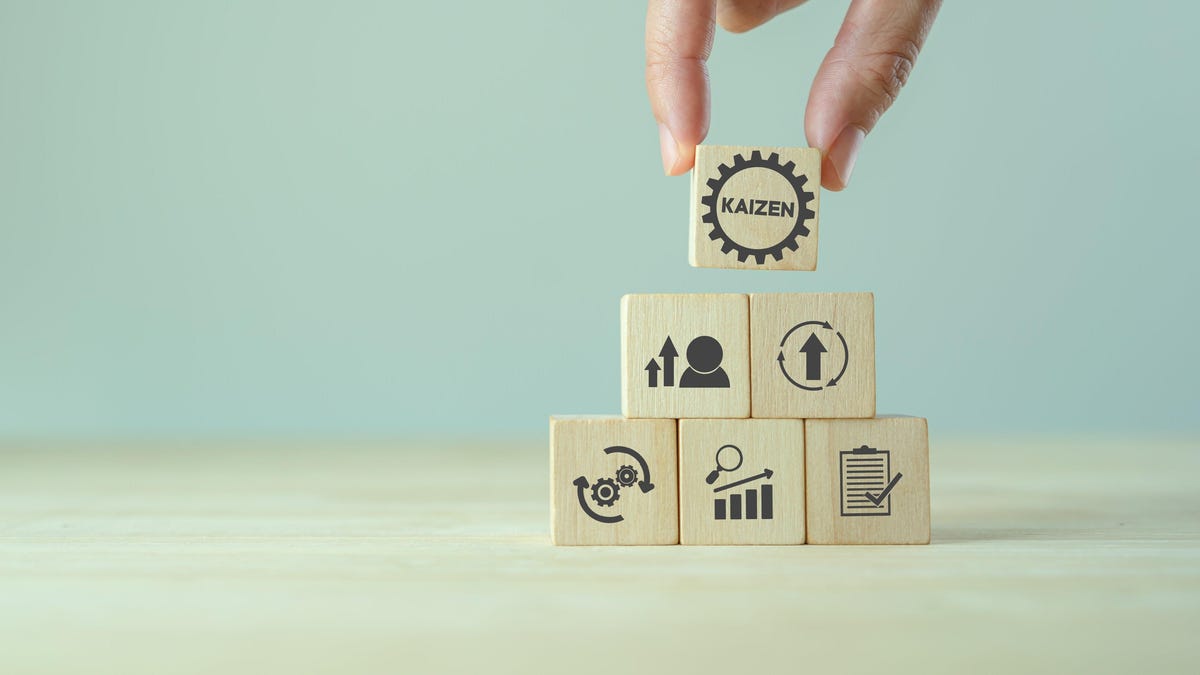Use Kaizen to Improve Your Workflow

We love productivity techniques and organizational hacks that make work easier and more efficient. The Japanese are especially adept at this, as we know from their Kanban planning method , so let’s look at another productivity improvement process from the Land of the Rising Sun: kaizen. Masaaki Imai , the man who brought philosophy to the mainstream, died this summer but left behind a legacy of productivity and efficiency from which we can all learn.
What is kaizen?
In Japanese, “kaizen” literally translates to “improvement” and is the goal behind the method itself, which encourages people at all levels of an organization to work together to continuously improve everything in the company. When everyone, from the boss to the intern, sticks to the plan, the idea goes, the place will simply be more efficient and things will always get better. This is achieved through standardization and implementation of unified processes.
A good example of this is the Toyota Production System: if any worker in the plant detects any problem or anomaly, they stop the production line and employees and managers work together to fix the problem. According to Toyota , this “humanizes the workplace” and the appropriate standardization allows each member of the organizational structure to make meaningful changes. All of this is part of a system called “Plan, Do, Check, Act” (commonly known as PDCA) that works great within kaizen . The PDCA cycle repeats itself over and over, meaning once you have planned, you keep doing, checking, acting and planning again based on the results, so you are always improving. While doing all this, you must remember the very principles of kaizen. More on this below.
How does kaizen work?
In addition to including PDCA, kaizen has its own set of five fundamental principles :
- Know Your Customer: Serve your customers or customers and take care to identify their needs and interests and how you can serve them, no matter what level you are.
- Let it flow: eliminate waste, both physical and theoretical, i.e. don’t take unnecessary steps, don’t clutter up the space, and do what you need directly.
- Head to Gemba: Gemba is a Japanese term for “real place”. This means that you must always be purposeful and direct in getting to where you need to be, i.e. where the action is likely to take place. Don’t delegate what you don’t need, don’t wait for anything, and don’t sit on the sidelines.
- Empowering People: Encourage people in your organization, whether they are taller than you or your peers, and make sure everyone is in agreement with the overall company goals and moving forward.
- Be transparent: Demonstrate your productivity with hard data and results, and make sure everyone is always on top of processes, developments, and goals.
The implementation of all five of them in the work environment, according to kaizen adherents, is the key to opening a culture of continuous improvement. If you want to know more, there are dozens of books on the methodology, but you should start with the original: Masaaki Imai’s Kaizen: The Key to Japan’s Competitive Success .